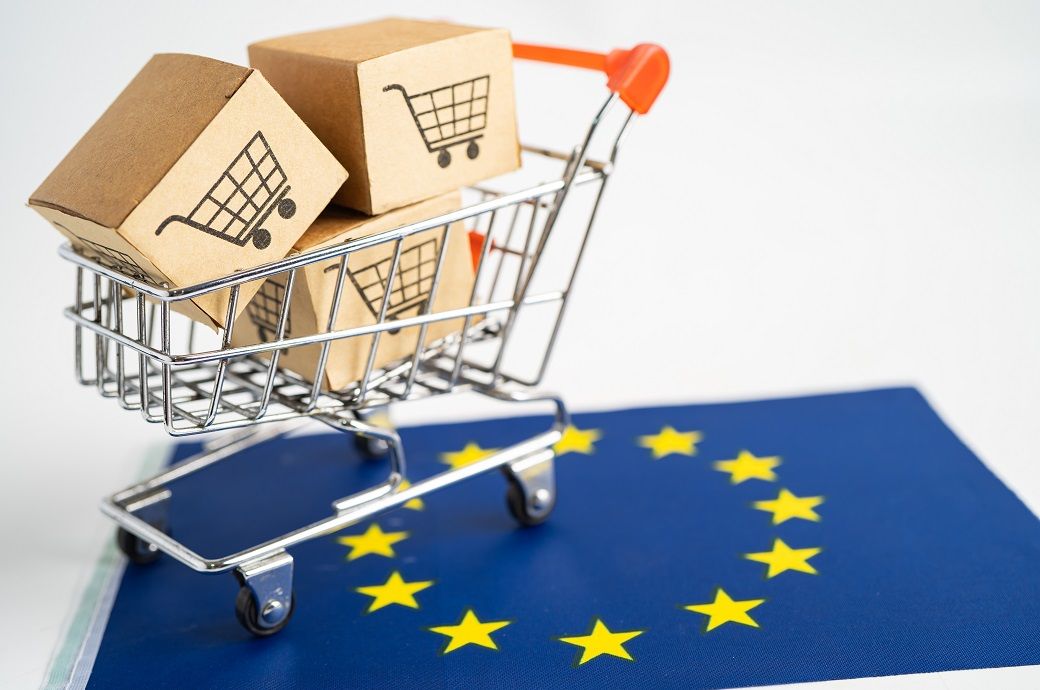
One of the key findings of the report emphasises the significant role inflation played in determining e-commerce turnover across Europe.
Higher prices were the main driver for the increased turnover in various European countries, as inflation rates put downward pressure on consumer purchasing power, as per the 2023 European E-commerce Report.
In 2021, the inflation-adjusted growth rate for European e-commerce was a robust 9 per cent. However, in 2022, it shrank for the first time ever by 2 per cent due to an inflation shock. Interestingly, Eastern Europe and Southern Europe were the only regions to avoid an e-commerce decline in 2022, registering growth rates of 5 per cent and 13 per cent, respectively. As inflation starts to wane, the report projects a return to growth in 2023, with an estimated rate of 2 per cent.
European decision-makers are faced with a unique opportunity to adapt regulations in line with the challenges and prospects brought by digital and green transitions. Furthermore, technological advancements like 5G, AR/VR, and digital wallets are expected to drive deeper e-commerce penetration. These developments offer an opportunity to bridge regional divides and are crucial for the sector's resilience.
One of the highlights of the report is the growing demand for more sustainable e-commerce practices. The sector is expected to focus on more efficient delivery and return systems, along with greener consumption and production patterns.
“2022 marked the 30th anniversary of the EU Single Market, and while Ecommerce Europe recognises the important steps undertaken over the years, we also see that businesses are still faced with significant barriers, especially in relation to cross-border selling. Policymakers have a responsibility to reduce market fragmentation and remove red tape for cross-border business operations. Designing future-proof and channel-neutral policies, capable of adapting to evolving companies’ and consumers’ expectations while considering business realities, will be paramount when the next EU cycle starts,” said Luca Cassetti, secretary general of Ecommerce Europe.
“The consumer journey is rapidly changing and combining online and offline interaction has become the new normal. In 2022, with inflation soaring, consumers became a lot more price-sensitive. They increasingly looked to save money and did so also by comparing and diversifying their online and offline shopping channels. We expect online sales to keep growing in the coming years, reaching an estimated 30 per cent of retail sales by 2030. Being present online has become vital for many retailers, especially for smaller businesses,” said Christel Delberghe, director general of EuroCommerce.
Fibre2Fashion News Desk (DP)